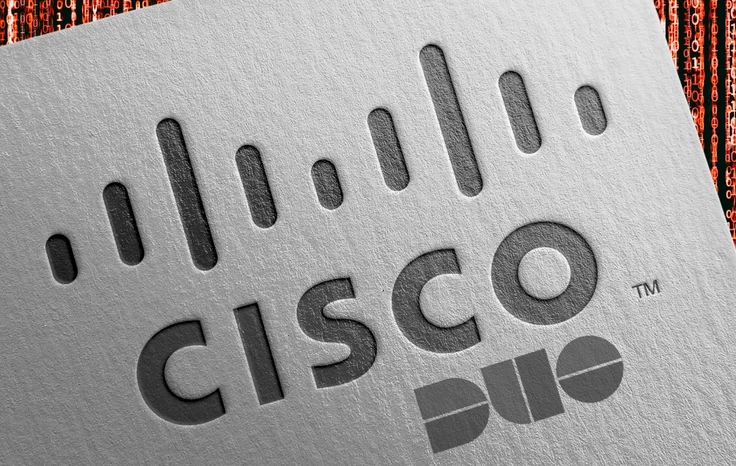Dozens Arrested Following UK Police LabHost Takedown
How is SD-WAN a game changer for 5G?

Since whispers of 5G first began, the fifth generation network was put on a pedestal along with our high expectations. 5G has a lot to live up to; today's landscape necessitates better connectivity than ever, and everyone is trusting 5G to deliver on that.
However, 5G doesn't have to do it alone. Increasingly, software-defined wide area network (SD-WAN) is surfacing as a worthy sidekick for 5G deployment. In particular, SD-WAN can flesh out the teething problems many anticipate the network to have, enabling us to enjoy a better 5G as soon as possible.
SD-winning
Firstly, SD-WAN saves organisations from ripping up and replacing all of their hardware to accommodate for 5G. The network's roll out is slightly awkward in that organisations will still need to be 4G-friendly. Until 5G is totally ubiquitous, businesses will need to be able to dip between the two. SD-WAN enables organisations to do exactly that; in particular, SD-WAN ensures that organisations are readily poised for when 5G becomes available in the local area.
However, it's not just about jumping straight on the 5G bandwagon. SD-WAN gives organisations the flexibility to flit between 4G and 5G depending on how much they wish to spend and how good the quality needs to be (just because 5G is available does not mean it's necessary for all tasks). Businesses that use SD-WANs will be able to offload the more critical components or locations to 5G without manual interference across WAN services.
A slice of security action
A prominent 5G feature is network slicing. Each 'slice' receives a unique set of optimised resources and network topology unique to the individual application. In turn, network operators only need to deploy functions specific to the customer or market.
However, slicing, combined with the increasing number of devices on the 5G network, paves the way for more attack vectors. Fortunately, SD-WAN offers extra protection by only sending encrypted data via private tunnels. Furthermore, it enables the enforcement of application-driven security policies; organisations can securely direct traffic based on their internal security policies. In doing so, businesses can protect their mission-critical traffic better from threats within and outside of the enterprise.
Thus, SD-WAN is a crucial player in the roll-out of 5G. We asked Kalle Ward, VP of EMEA Service Providers at Silver Peak, for his thoughts on the complementary relationship between 5G and SD-WAN:
“With 5G now a reality in many cities, it will play an important role in enterprise SD-WAN deployments, delivering the full, transformational benefits of higher application performance. Increasingly, enterprises are deploying SD-WAN as part of a managed SD-WAN service from global service providers. These service providers have a vital and value-added role in the design, installation, deployment, repair and ongoing monitoring of managed SD-WAN services – assuring the highest quality of experience to enterprises. With the addition of 5G as a transport option with managed SD-WAN, enterprises will reap the benefits of an always-on, high-performance network and applications.”
5G has great potential, but this should not eclipse its shortfalls. However, SD-WAN can help fill the gaps that 5G presents, putting us all in good stead to maximise on what it will deliver.
Don't miss our CxO of the Week, Maria Martinez at Cisco!
























